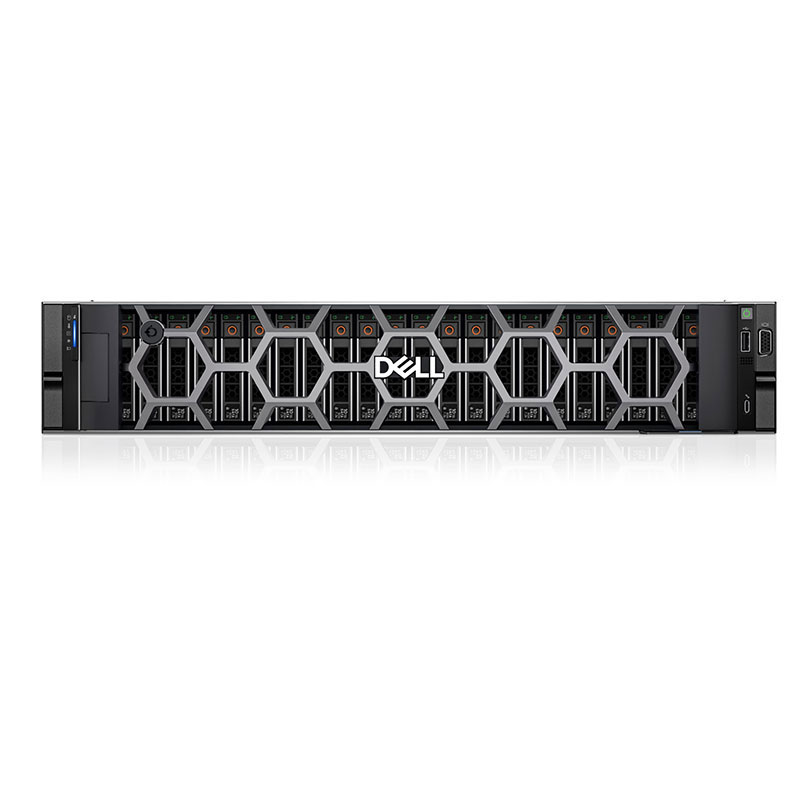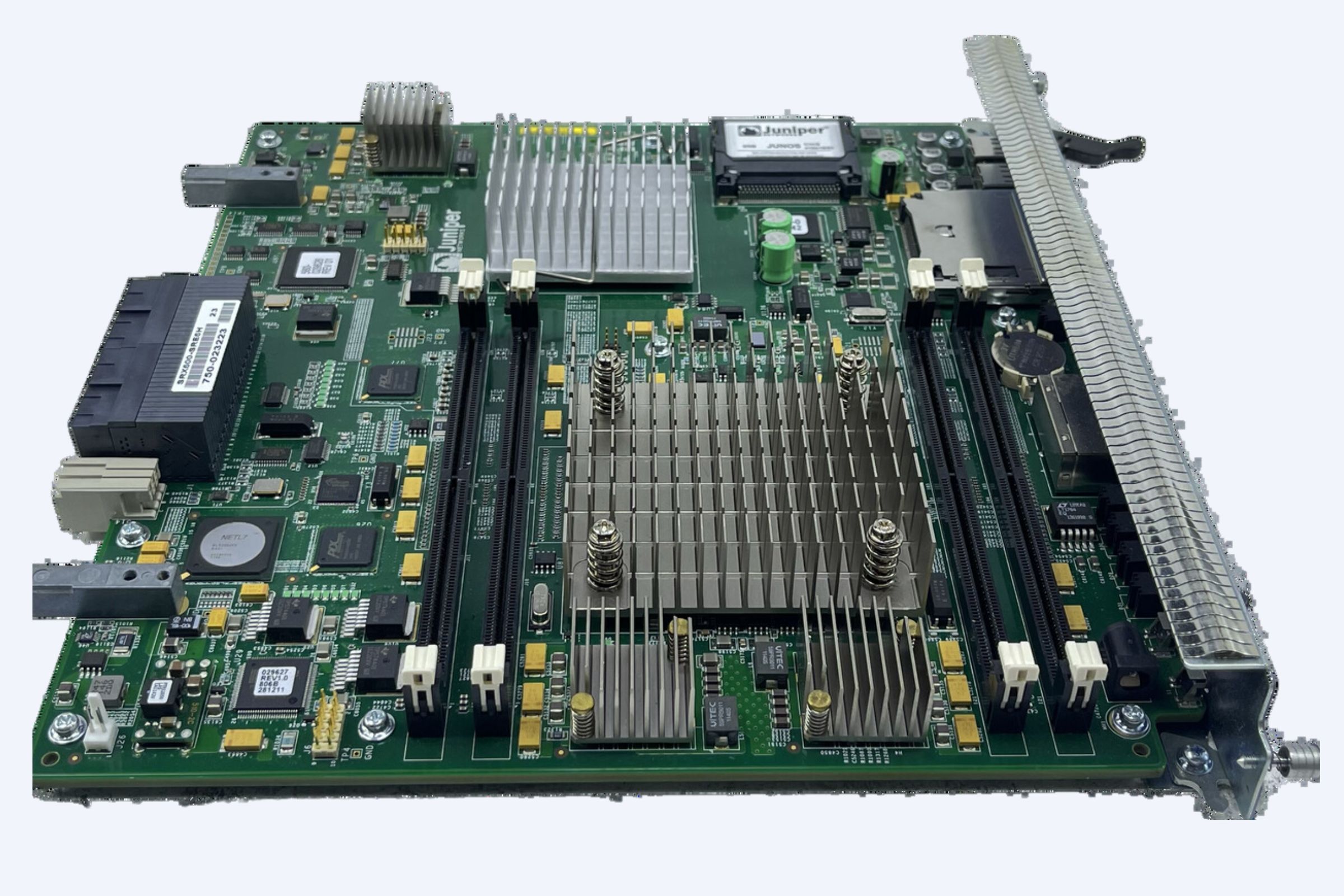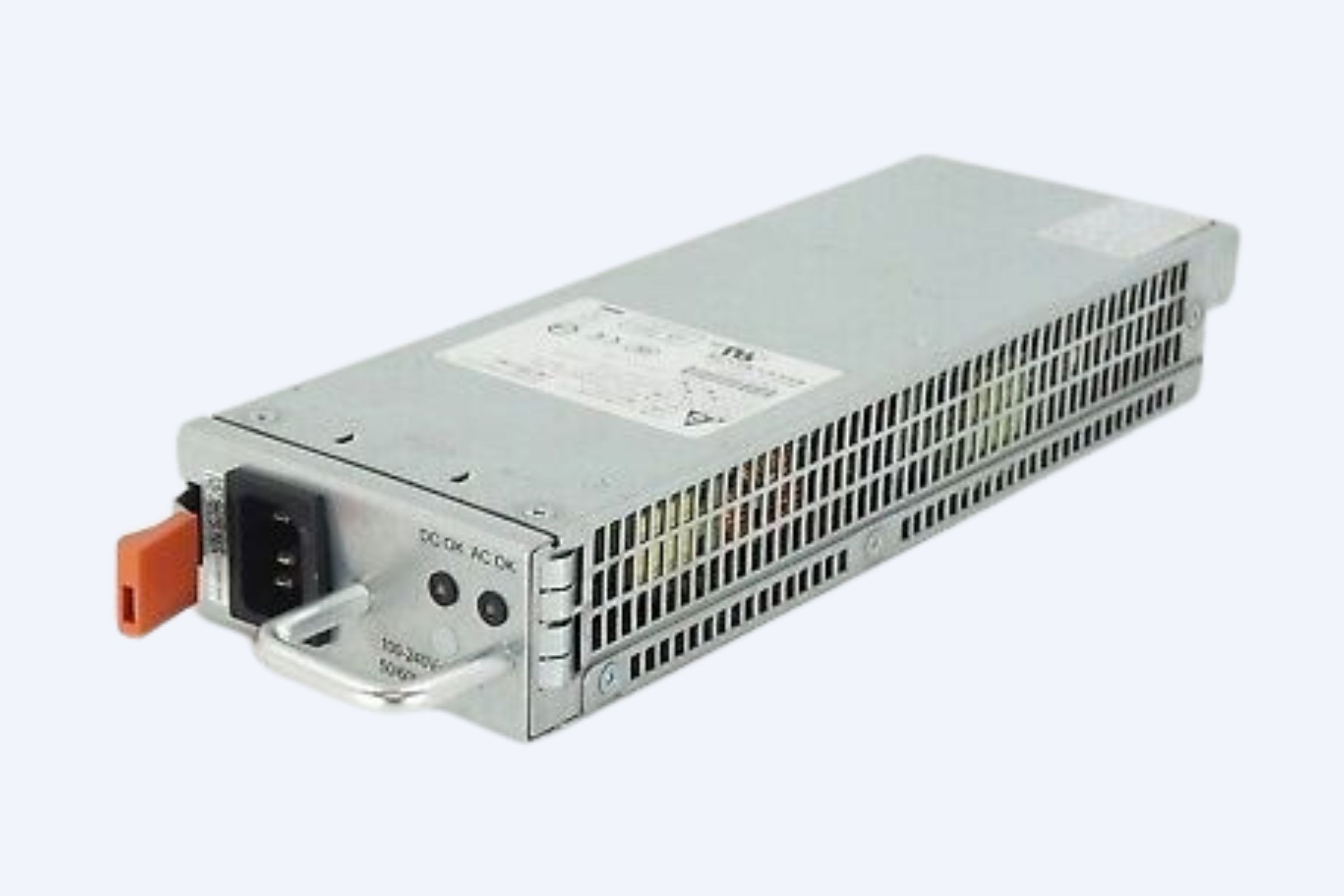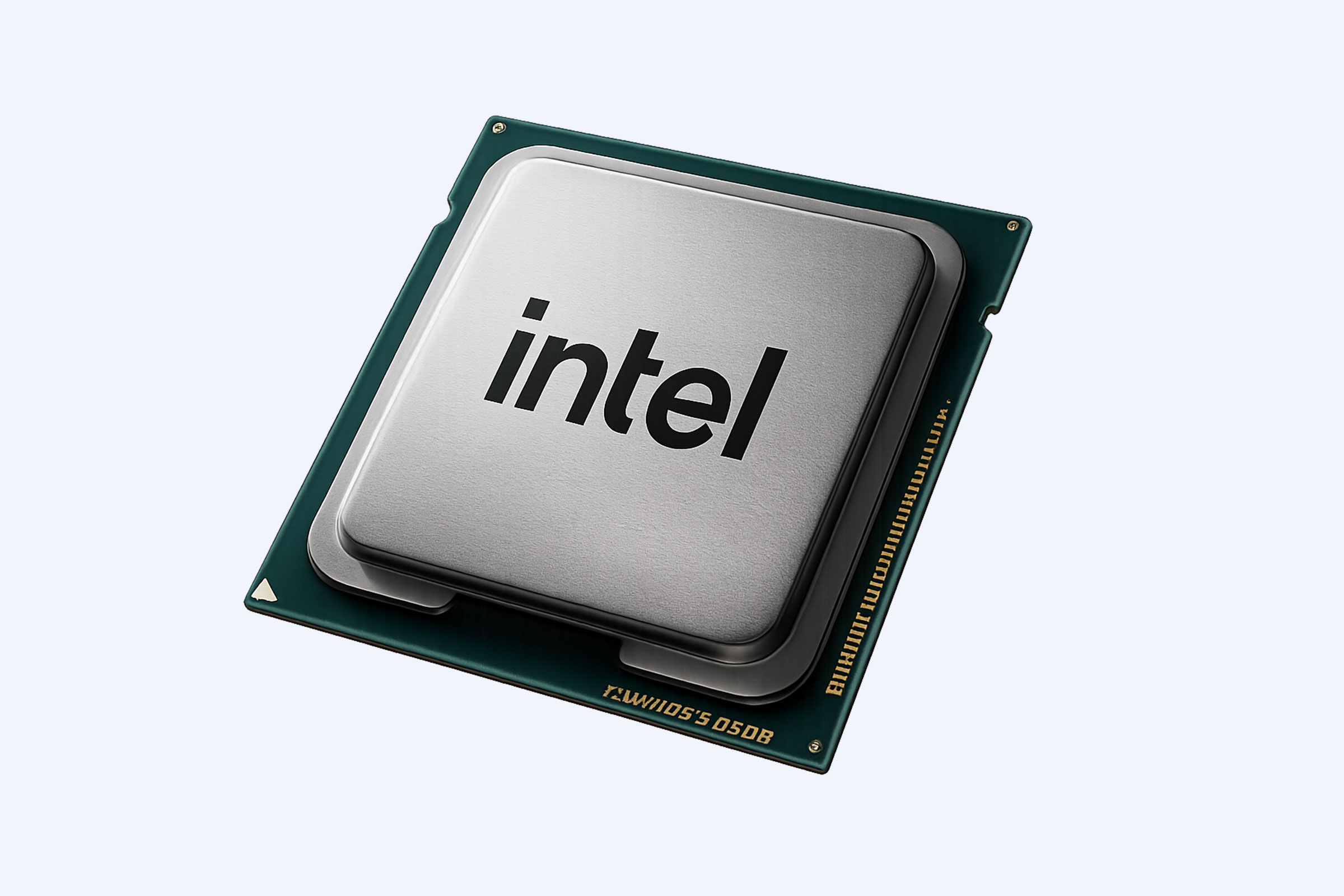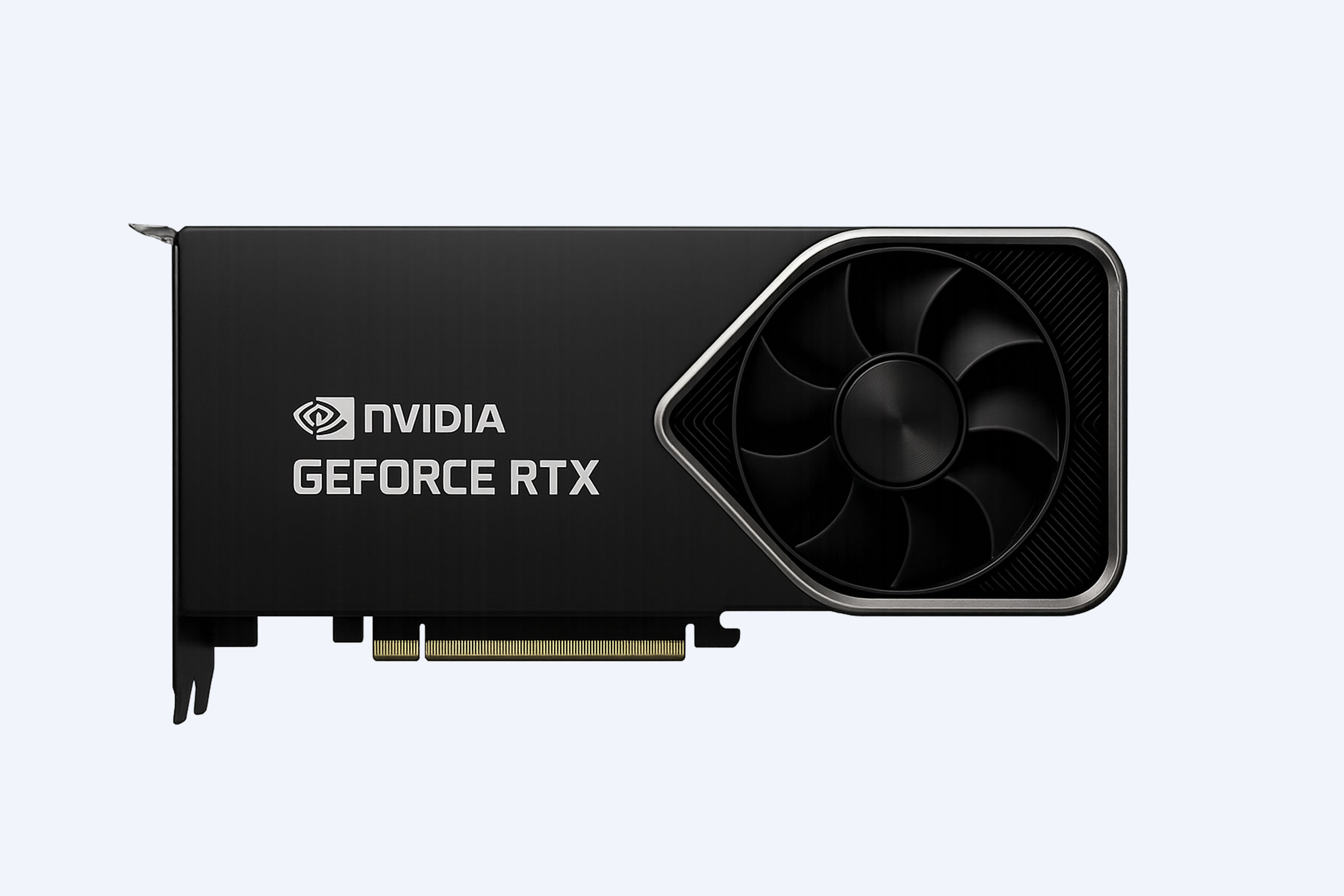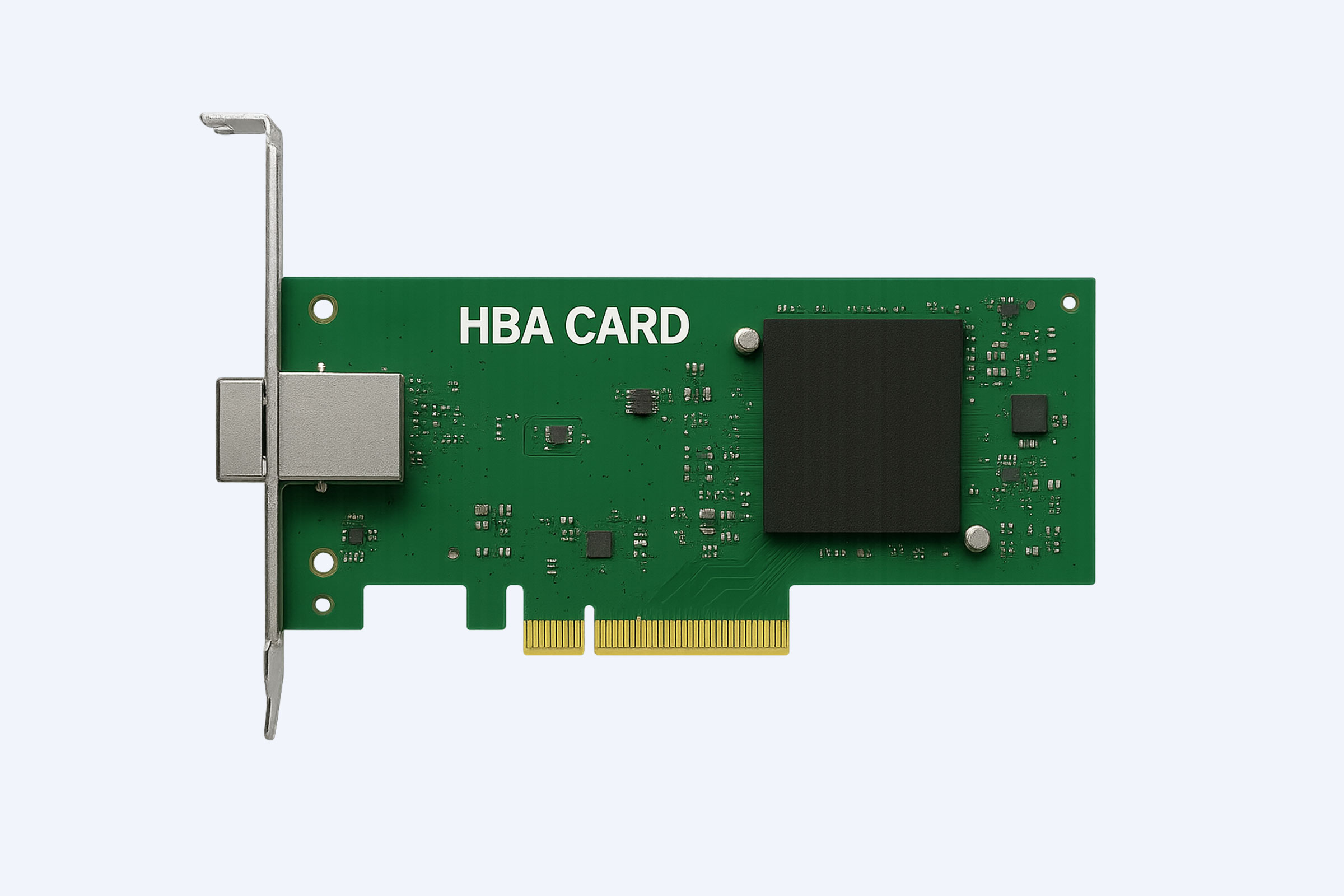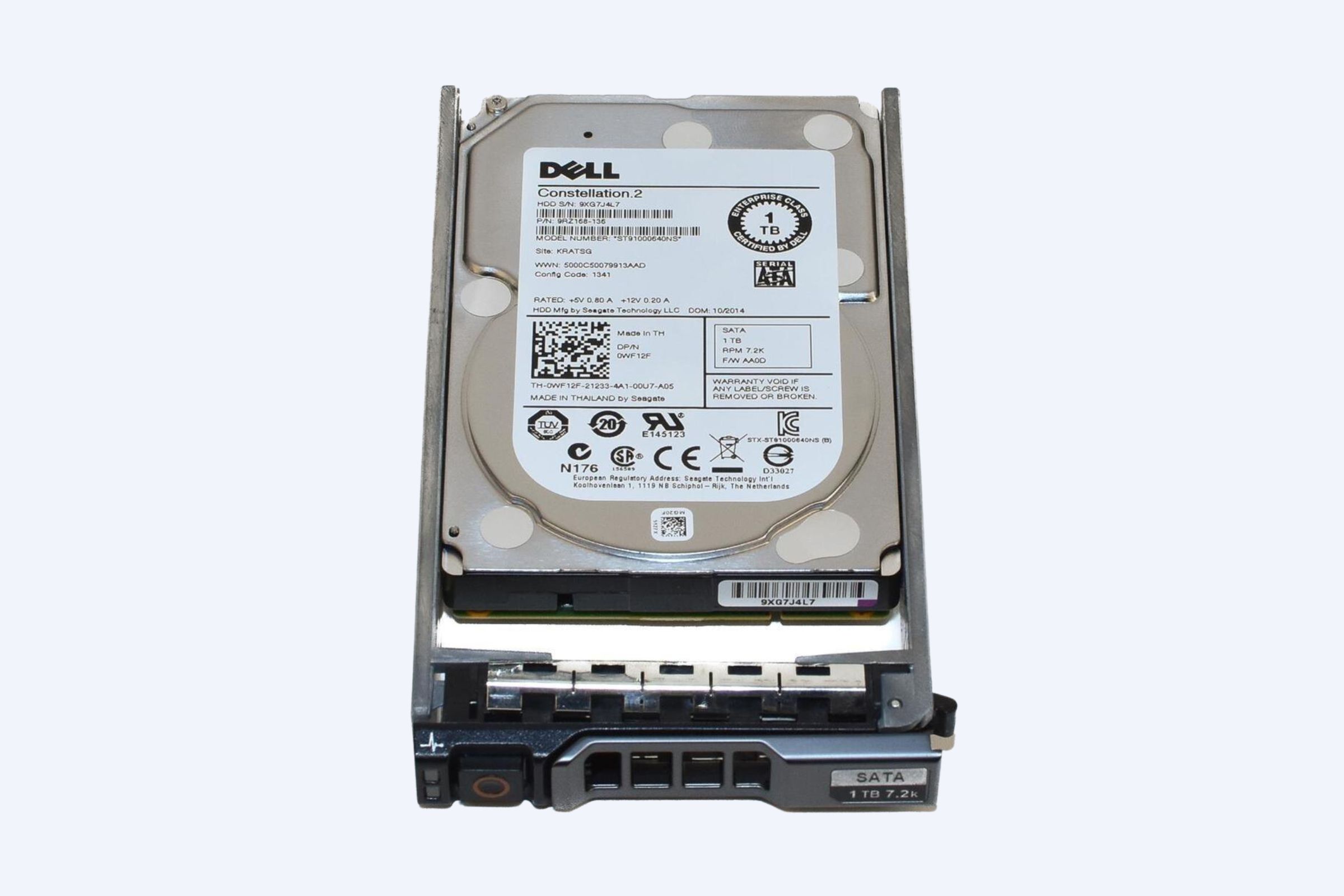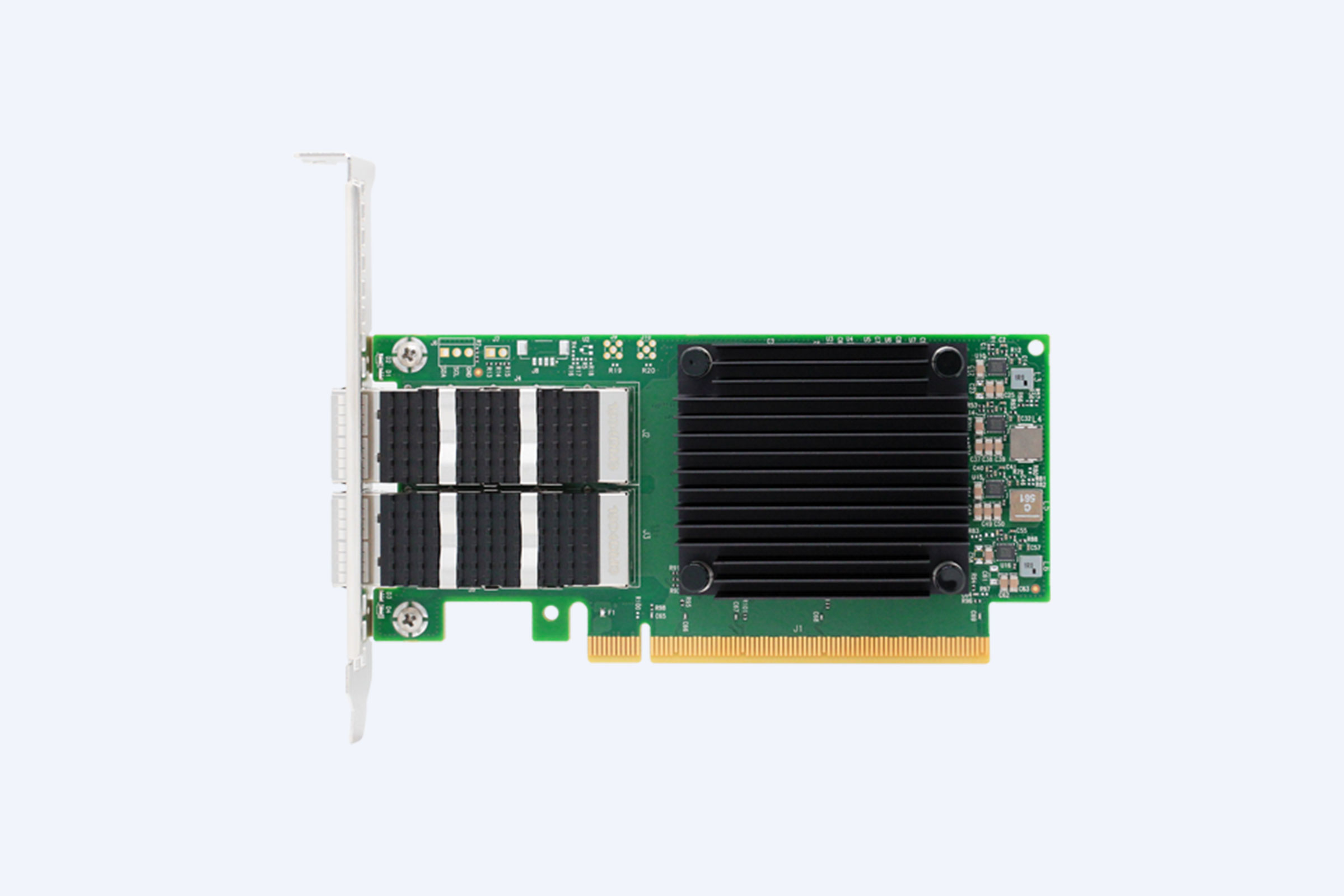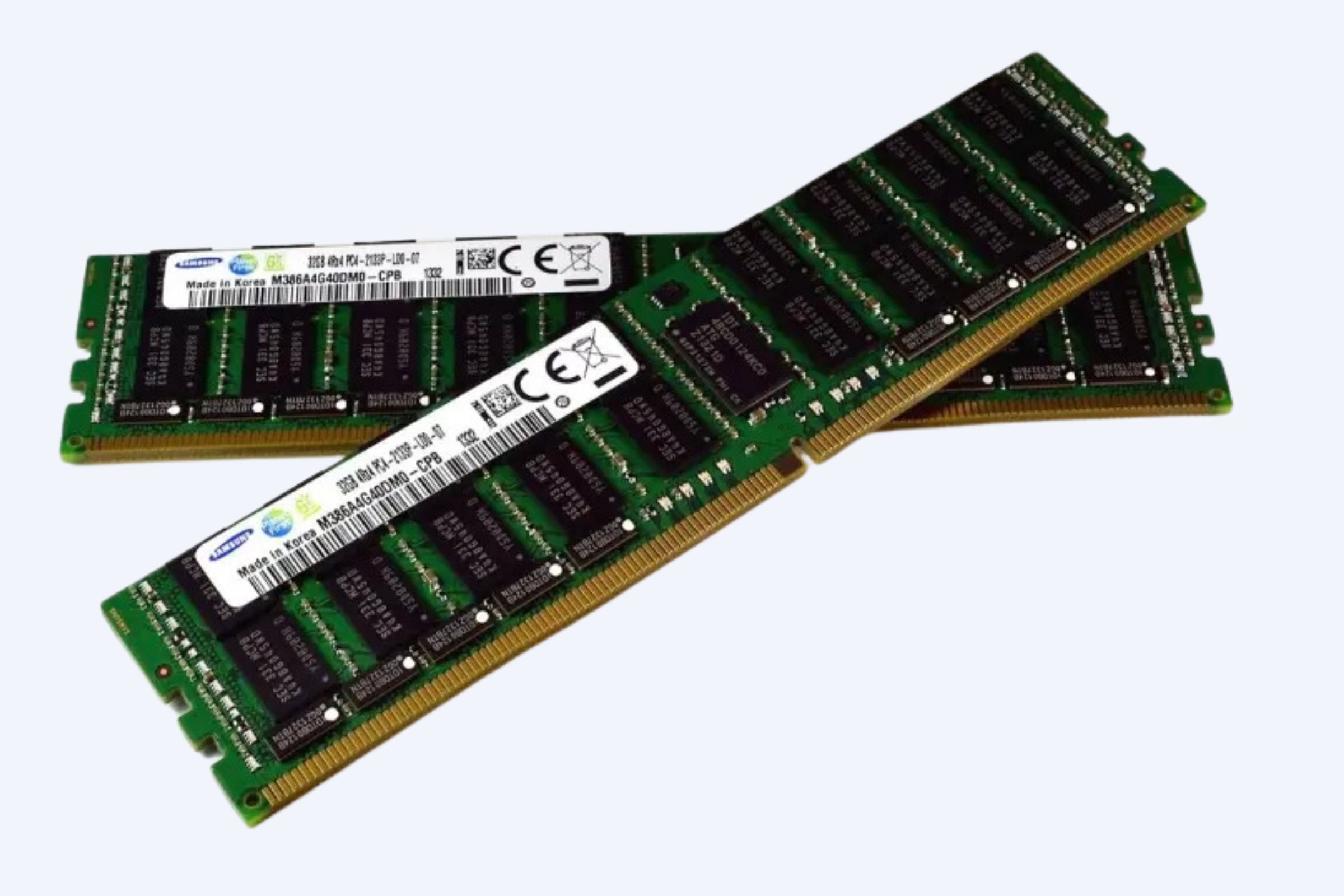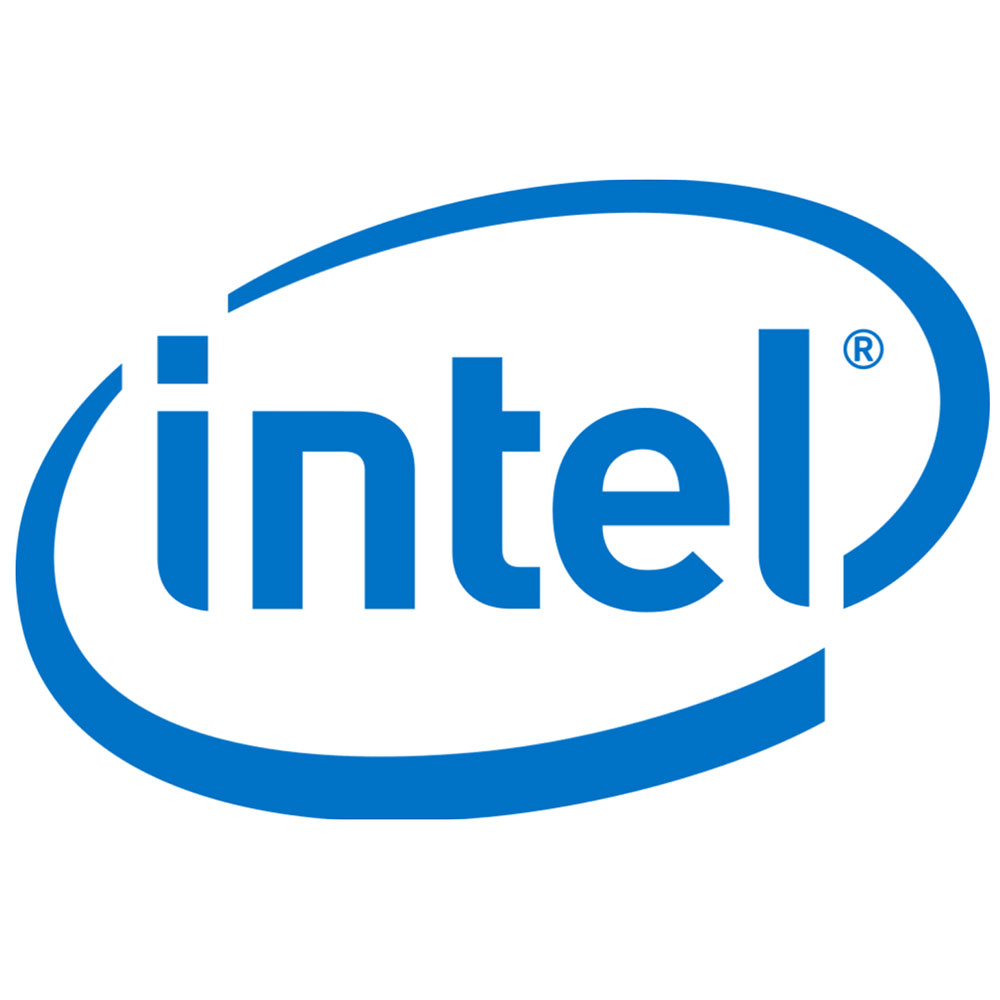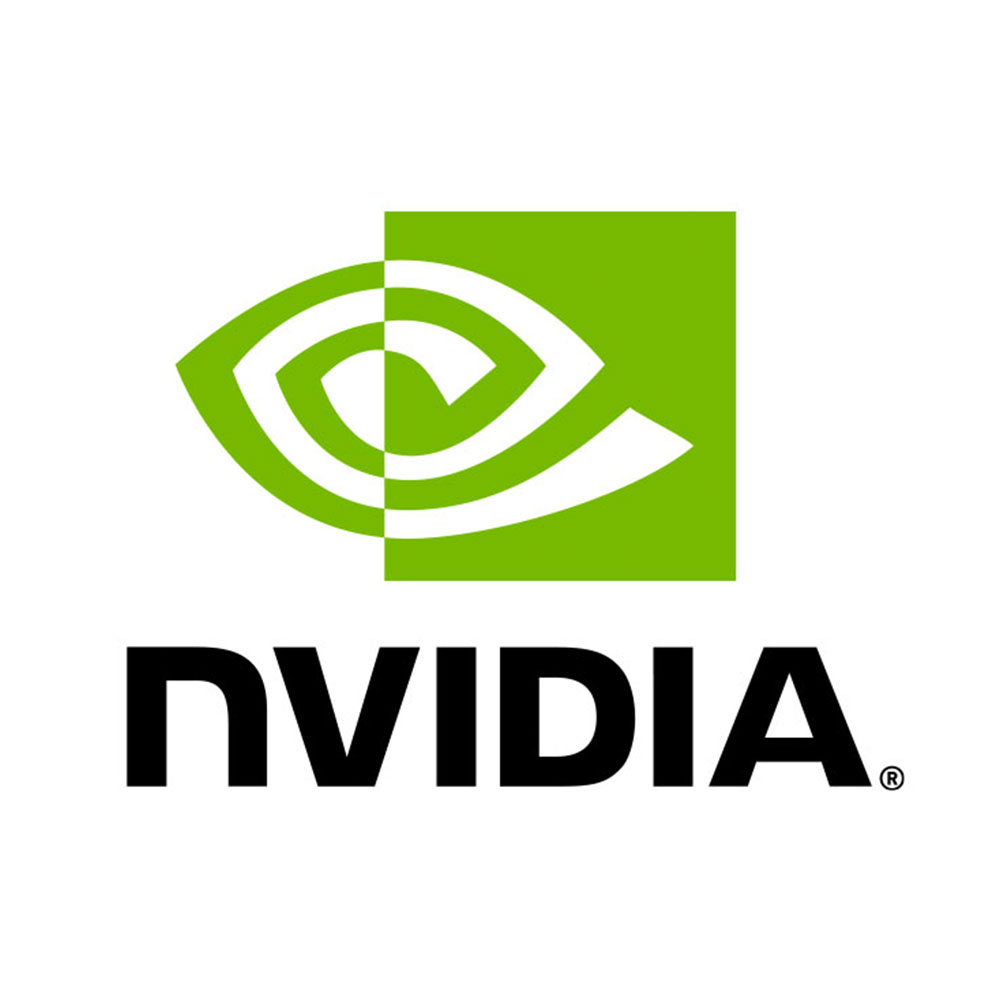The Dell PowerEdge MX5016s storage sled and MX740c compute sled deliver powerful, scalable, and flexible IT infrastructure solutions for modern enterprises. Together, they enable high-performance computing, customizable storage, and simplified management ideal for dynamic data center environments.
What are the key features of the MX5016s storage sled?
The MX5016s is a full-height, single-width storage sled supporting up to 16 hot-swappable 2.5” SAS HDDs or SSDs. It delivers 12 Gb/s direct-attached SAS storage and scales out to 7 sleds within a PowerEdge MX7000 chassis for up to 112 drives. It allows drive sharing or dedicated assignment to servers, with chassis power and SAS switch connectivity.
This sled is designed for flexible local storage expansion, providing enterprises with high-density, scale-out storage capacity and enterprise-grade reliability, all managed via OpenManage and iDRAC interfaces.
How does the MX740c compute sled enhance enterprise server performance?
The MX740c is a single-width, two-socket compute sled powered by up to two 28-core 2nd Generation Intel Xeon Scalable processors. It supports up to 24 DDR4 DIMM slots with maximum memory capacity up to 3TB using LRDIMMs, and persistent memory options including Intel Optane DC.
Storage-wise, it offers up to six 2.5” SAS, SATA, or NVMe drives. Intelligent remote management with embedded iDRAC 9 and support for software RAID ensure optimized operations and uptime. The MX740c provides dense compute capabilities suited for virtualization, collaborative workloads, and software-defined infrastructure.
How do MX5016s and MX740c integrate within the PowerEdge MX7000 chassis?
Both sleds fit into the modular PowerEdge MX7000 chassis, which supports up to seven MX5016s storage sleds and eight MX740c compute sleds. The chassis powers all sleds and provides shared networking fabrics and a SAS switch for direct-attached storage connectivity.
This integration enables flexible resource pooling, where compute and storage can be scaled independently. The MX5016s storage can be shared across MX740c compute sleds or dedicated for specific server workloads, yielding a composable infrastructure ideal for evolving enterprise needs.
What storage options and configurations are supported by MX5016s and MX740c?
The MX5016s supports only SAS HDDs or SSDs in 16 drive bays, delivering high-throughput shared storage. The MX740c supports diverse storage options including SAS, SATA HDDs/SSDs, and high-performance NVMe PCIe SSDs across up to six front hot-swap bays.
Additionally, the MX740c supports M.2 boot storage solutions and an internal dual microSD module for OS and hypervisor needs. RAID configurations are supported via various PowerEdge RAID Controllers (PERC), offering robust data protection and performance tuning.
| Feature | MX5016s Storage Sled | MX740c Compute Sled |
|---|---|---|
| Drive Bays | 16 x 2.5” SAS (HDD/SSD) | 6 x 2.5” SAS/SATA/NVMe + optional M.2 slot |
| Max Drive Count | Up to 112 drives in chassis (7 sleds) | Up to 6 drives per sled |
| Storage Interface | 12 Gb/s SAS direct attached | SAS, SATA, NVMe PCIe |
| RAID Support | Via connected server controllers | PERC H730P, H745P, S140 software RAID |
| Storage Sharing | Shared or dedicated among servers | Local storage per sled |
How is system management and remote monitoring handled for these devices?
Both the MX5016s and MX740c utilize Dell’s OpenManage Enterprise Modular Edition for unified management across compute, storage, and networking within multiple chassis. This provides centralized web console and RESTful API interfaces.
The embedded iDRAC 9 in MX740c and association with lifecycle controllers enable agent-free remote management, firmware updates, hardware monitoring, and troubleshooting. This reduces operational complexity and improves data center uptime.
Which industries benefit most from using MX5016s and MX740c solutions?
Industries with high compute and storage demands such as cloud service providers, financial services, healthcare, telecommunications, and manufacturing benefit greatly. The scalability and performance enable virtualization, big data analytics, AI workloads, and software-defined data centers.
Their modular design suits enterprises seeking flexible IT infrastructure that grows with business needs while maintaining robustness and reliability.
How does Wecent ensure quality and reliability in supplying MX5016s and MX740c servers?
Wecent, headquartered in Shenzhen, has over 8 years of expertise delivering Dell PowerEdge servers globally. Wecent only supplies fully certified, original equipment matched with international standards including CE, FCC, and RoHS.
Their focus on quality assurance, competitive pricing, and tailored professional services ensures clients get reliable, high-performance MX5016s and MX740c solutions. Wecent’s dedicated technical support and customer-centric approach make it a trusted long-term partner.
What are the scalability advantages of deploying MX5016s and MX740c in modern data centers?
The modular PowerEdge MX architecture allows independent scaling of compute and storage by mixing MX740c compute sleds with MX5016s storage sleds inside a single chassis. This flexibility optimizes resource usage and reduces operational cost.
Enterprises can start small and expand capacity as demands grow, adding sleds without major IT disruption. The MX series’ unified management and flexible network fabrics accelerate deployment and lifecycle management at scale.
Wecent Expert Views
“Wecent is proud to support enterprises worldwide with flexible, future-proof server solutions like the Dell PowerEdge MX5016s and MX740c. Their modularity, combined with rich storage and compute capabilities, addresses modern data center challenges head-on. By offering tailored configurations and responsive support, Wecent helps customers realize agile, scalable, and efficient IT infrastructure that drives business growth.”
Conclusion
Dell’s MX5016s and MX740c sleds together provide a comprehensive, composable infrastructure solution combining flexible high-density storage with powerful compute performance. Integrated within the PowerEdge MX7000 chassis, they enable scalable, manageable, and resilient data center architectures. Enterprises across sectors can leverage these technologies for virtualization, AI, big data, and software-defined workloads, with Wecent ensuring quality supply and expert partnership. For future-ready IT infrastructure, they represent a solid investment in performance, flexibility, and reliability.
Frequently Asked Questions (FAQs)
Q1: Can MX5016s storage sled drives be dedicated to single servers?
Yes, drives in the MX5016s sled can be assigned specifically to servers using RAID controllers, or shared across multiple servers via SAS HBA connectivity.
Q2: What maximum memory does the MX740c support?
The MX740c supports up to 1.5TB using DDR4 RDIMM and up to 3TB with LRDIMM modules, plus persistent memory options like Intel Optane DC.
Q3: Are NVMe drives supported on the MX5016s?
No, the MX5016s sled supports only SAS drives, while NVMe storage is supported on the MX740c compute sled.
Q4: How many MX740c sleds fit in a PowerEdge MX7000 chassis?
Up to eight MX740c compute sleds can be installed in one MX7000 chassis.
Q5: How does Wecent assist customers after purchase?
Wecent offers ongoing technical support, warranty service, and professional consulting to ensure optimal server performance and customer satisfaction.



